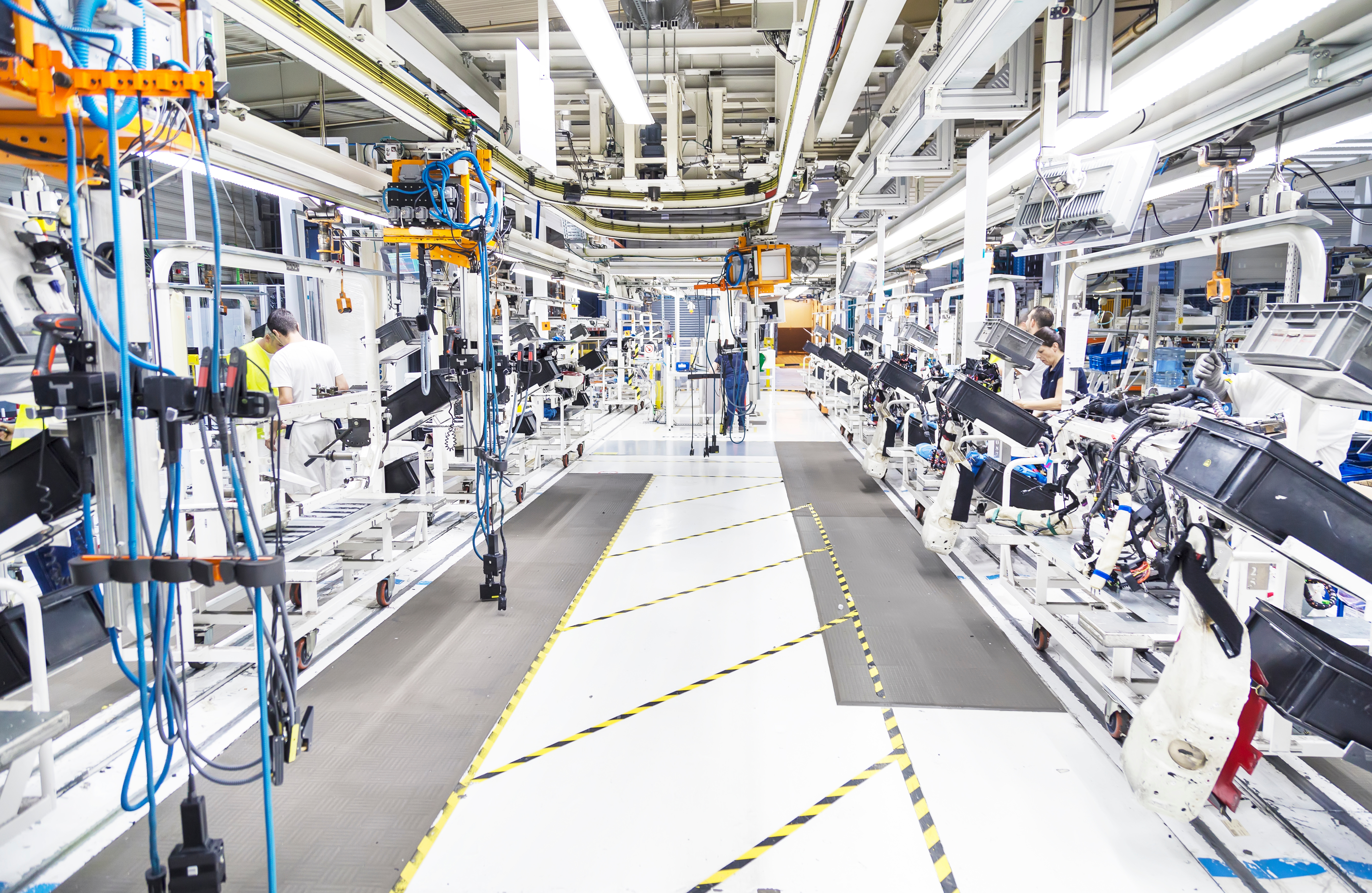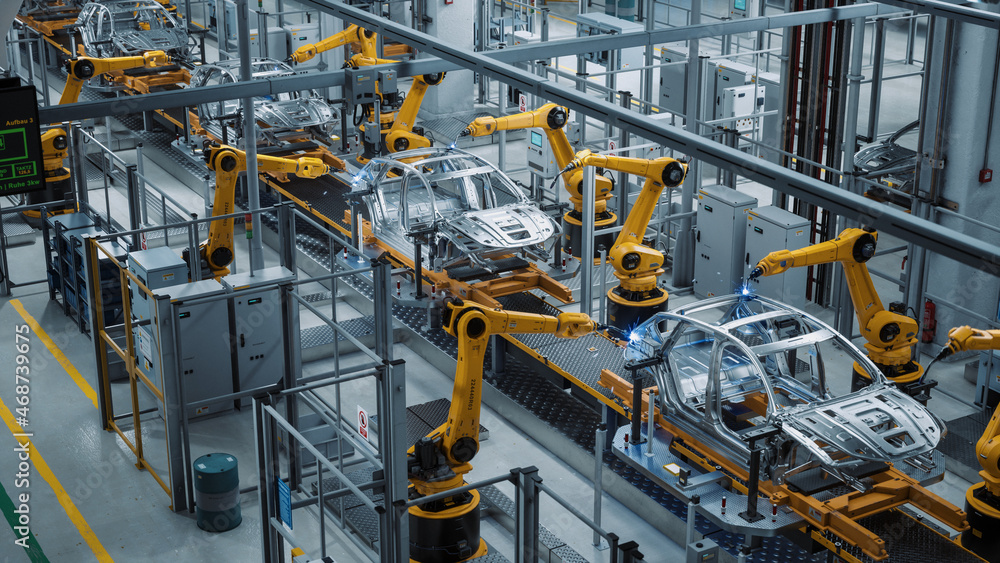Automotive Sequencing 101: Part Rack Loading
An OEM that requires suppliers to provide parts in sequence assemble vehicles in a specific predetermined order. The supplier sending components to the OEM must guarantee that their parts arrive at the assembly line in the order they will be used. The process of rack loading ensures that parts are arranged and delivered to the OEM in this correct sequenced order.
A “rack” refers to the physical container that parts are placed in for shipping. During sequencing, these parts are loaded in a predetermined way to ensure they will be used in the right order when they reach the OEM assembly line. Also note that a sequenced rack may also be referred to as a load. Terminology will often depend on the OEM and suppliers involved. For example, with Insequence suppliers utilizing SPD Pro, a “rack” is used for delivering sequenced parts and a “container” is used to deliver non-sequenced or batch-built parts.
Rack Loading Patterns
Rack loading patterns determine what order parts are placed into a rack during sequencing and, in turn, determine how they are unloaded at the OEM assembly plant. These patterns can vary greatly between commodities. However, the most common are forward and reverse loading patterns. A forward loading pattern means that the first position on the rack is loaded first, whereas a reverse pattern is when the last position on the rack is loaded first.
Generally a forward loading pattern is preferred because an operator may begin loading the rack as soon as the first sequenced broadcast is received. For a reverse load, operators must wait until they receive enough broadcasts to fill the rack. Reverse loading is more often used for larger parts such as bumpers and windshields . In this scenario, the racks are typically loaded from bottom to top or back to front. This allows the OEM operator to pick the correct part for vehicle assembly without having to completely unload a rack first.

Picking Patterns
Another possible process that can be used during rack loading are picking patterns. These patterns are designed to make the loading process faster by dictating what order the operators pick parts to load them into a rack. Among these are the typical forward or reverse picking as well as the more variable velocity picking pattern; the operator loads the rack according to specific criteria such as part quantity.
With velocity picking, all of one part is loaded to the appropriate rack positions before moving to the next part. The loading continues in this pattern until the rack is complete. This type of variable picking pattern can be based on part number, warehouse location, part attribute/feature, among others.
Additional Processes
Pick and Pack refers to the process of picking previously assembled parts from a non-sequenced container and packing them into a new rack based on sequenced demand from the OEM.
Kitting involves picking the components required for an assembly prior to the assembly process. Kitting allows for components related to a specific assembly task to be grouped together for ease of access. For example: in the process of building a seat, a kit can be created for each of the main sub assemblies: one kit for the seat back and another for the seat cushion. These kits may contain components such as foam, trim, wire harness, heating element, etc. for that portion of the assembly.
Poke yoke refers to any process which is designed to prevent, correct, or identify human error. In the rack loading process, SPD Pro uses several scan validations to prevent parts from being shipped in the incorrect sequence. Scan validations can include verification of the correct part and rack position if barcodes are present.
Staging refers to the process of arranging the completed sequenced racks in a loading pattern for the outbound truck to the OEM. This increases the efficiency of the truck loading process especially in situations that require the truck be loaded in a reverse pattern (which allows the OEM to pull racks from the truck in a sequenced order).
Insequence Corporation
Insequence is a leading provider of sequencing and manufacturing software solutions. Easily tailored to individual facilities, their software’s modular design can fulfill requirements no matter the size or complexity of the system. This results in a standard sequencing system, SPD Pro that is more complete and more capable than any other solution. In addition to just-in-sequence (JIS), Insequence provides MES, Inventory Management, and SCADA solutions.
With experience throughout the Americans and Europe, plus dozens standard automotive OEM interfaces and 24 x 7 x 365 customer support, Insequence is at the forefront of supply chain software solution providers. As a result, they still work with their original customer from 1996.
GO WITH THE PRO.
GO WITH INSEQUENCE.
The Company That Pioneered End-to-End Manufacturing.









